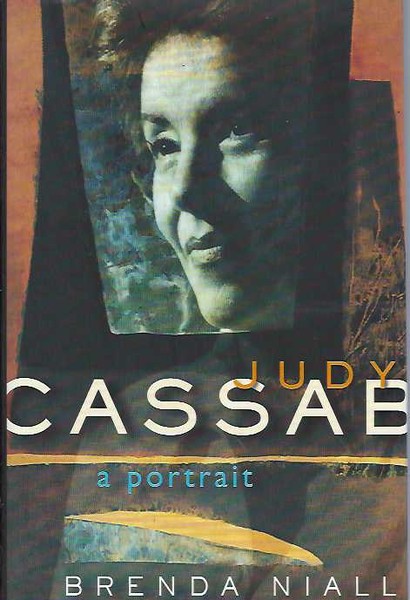The extraordinary story of a woman who overcame living in the shadow of the holocaust to become one of Australia’s most celebrated artists, told by Australia’s most awarded biographer.
It is a sad fact of the art world that fame often comes to an artist too late – after death. But that isn’t the case with Judy Cassab, one of Australia’s foremost portrait painters. Indeed, Judy began winning critical acclaim and major prizes in her 30s and the applause for her work still grows.
Cassab grew up in Hungary before the Second World War and as the only surviving member of her family remains a witness to that desperate time. Cassab was in her thirties when she and her husband were separated and he was sent to a forced labour camp and later to the Budapest ghetto. Both lived in hiding and endured near starvation but managed to survive in a city that was a battle ground for German, Hungarian and Russian armies, while allied bombs also fell. They migrated to Australia in the 50s and Cassab was determined to resume her life as an artist.
Judy Cassab is part memoir, part documentation of difficult times and part celebration of a successful life. In this intimate portrait, Judy’s struggle to find her place in 1950s Australia as a migrant, a woman and a working artist also provides an insight into the Australia of the time. And today, when refugees are an issue of conscience and public policy, Cassab’s story has special resonance. pp. 320 illusts #0321
A two-time winner of the Archibald Prize, Judy Cassab was a portraitist of immense insight and imagination, seemingly able to capture not only a sitter’s likeness but the spirit of their times. As well as painting social luminaries, royals, fellow artists, family and friends, she was also a prolific draughtswoman and an acclaimed landscape artist.
